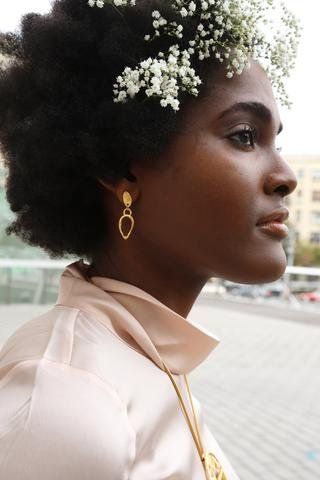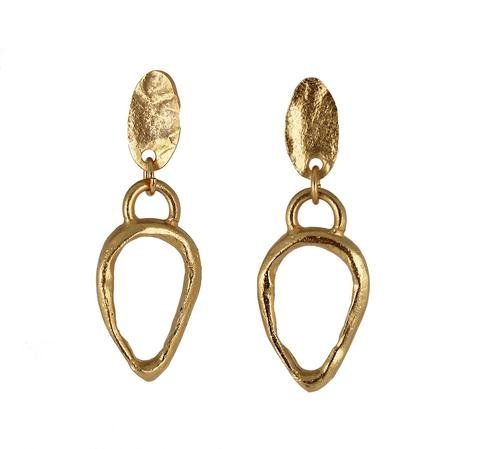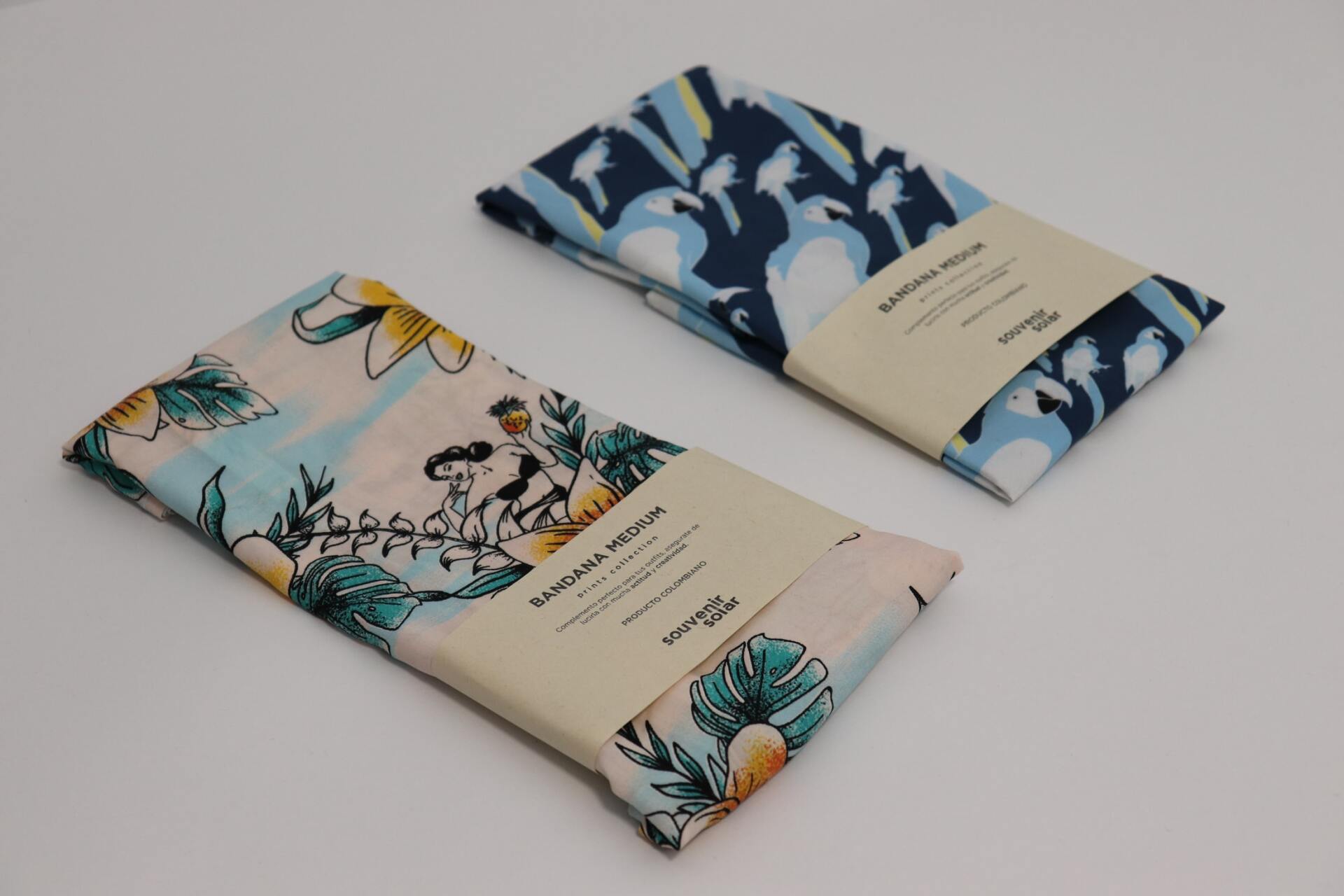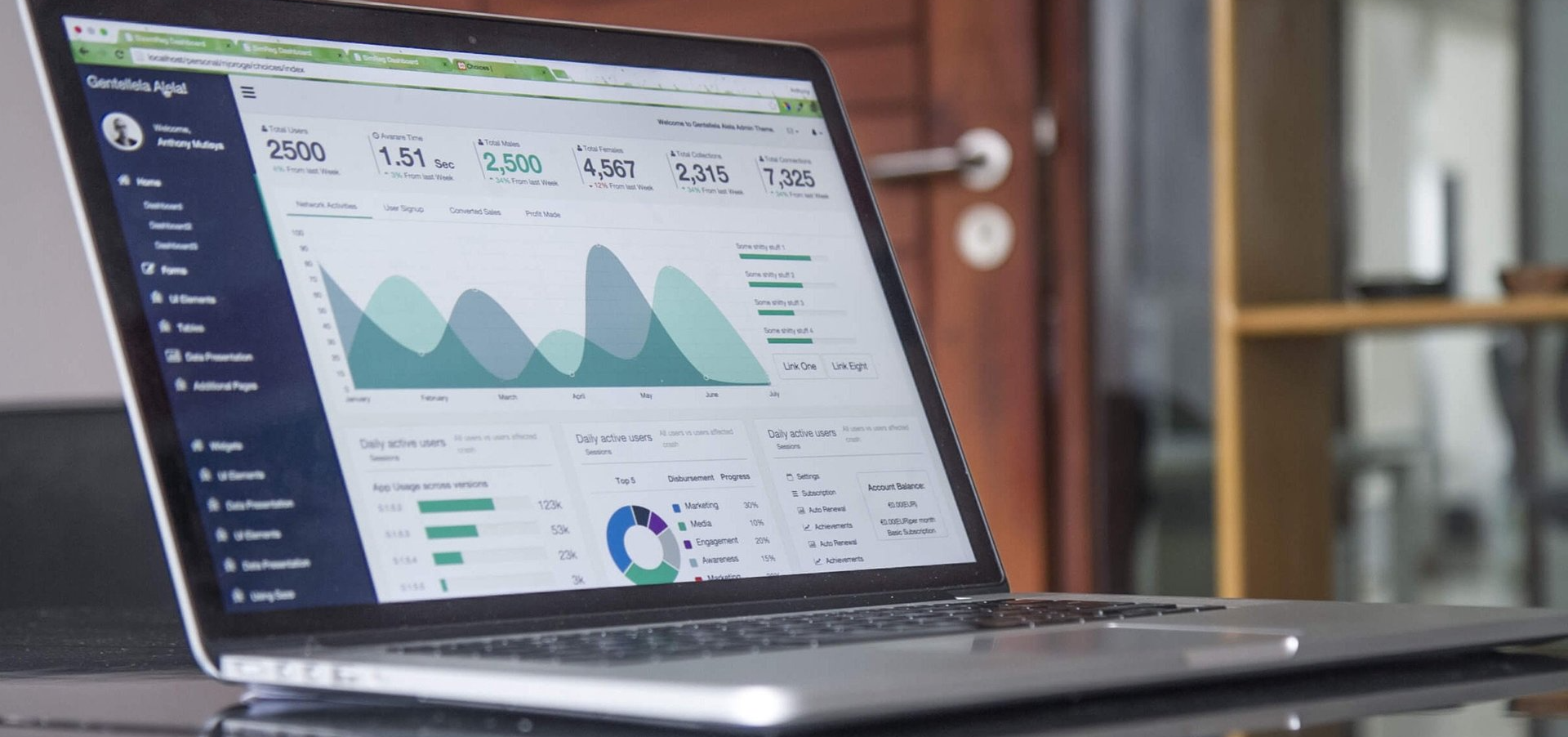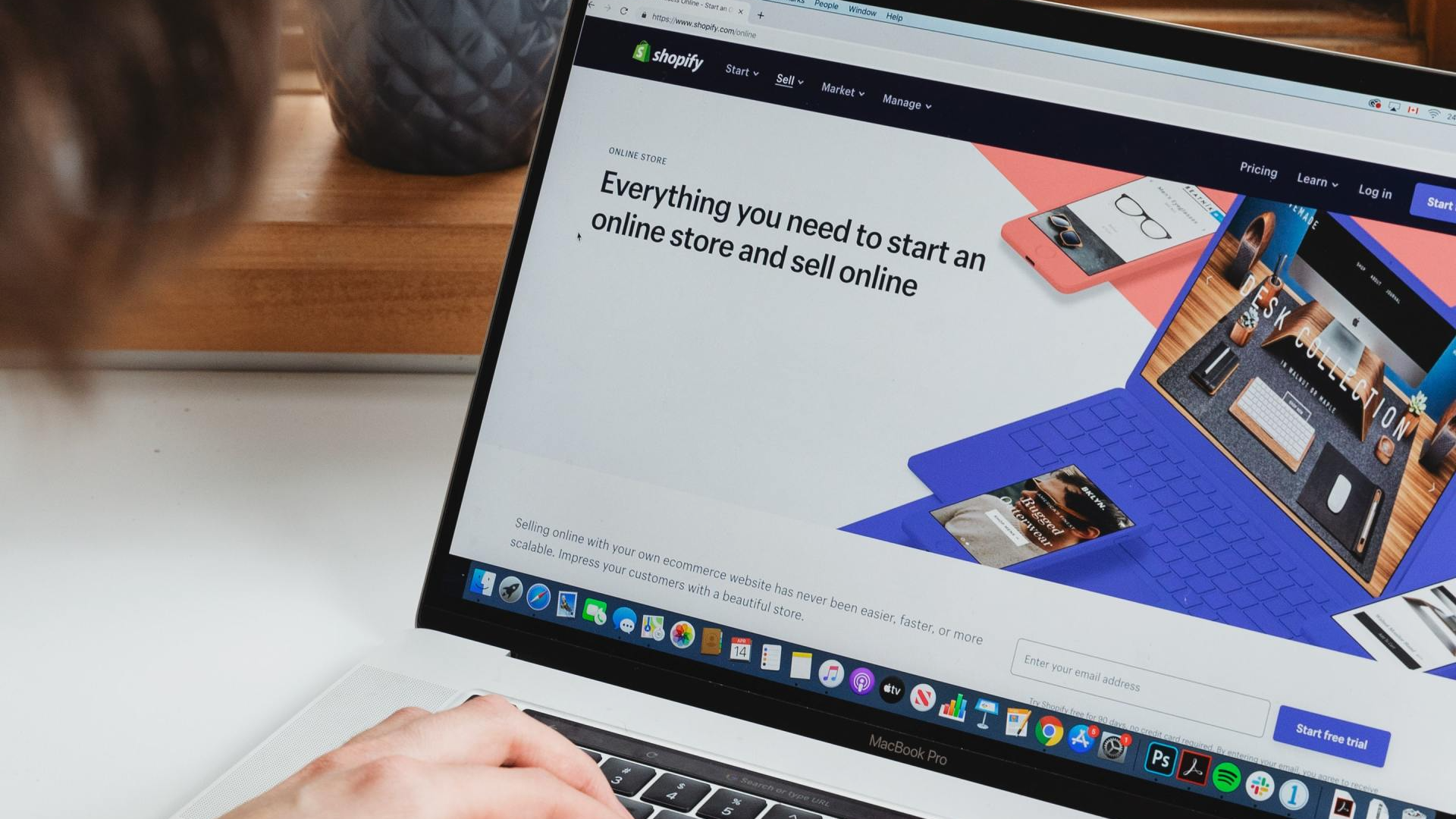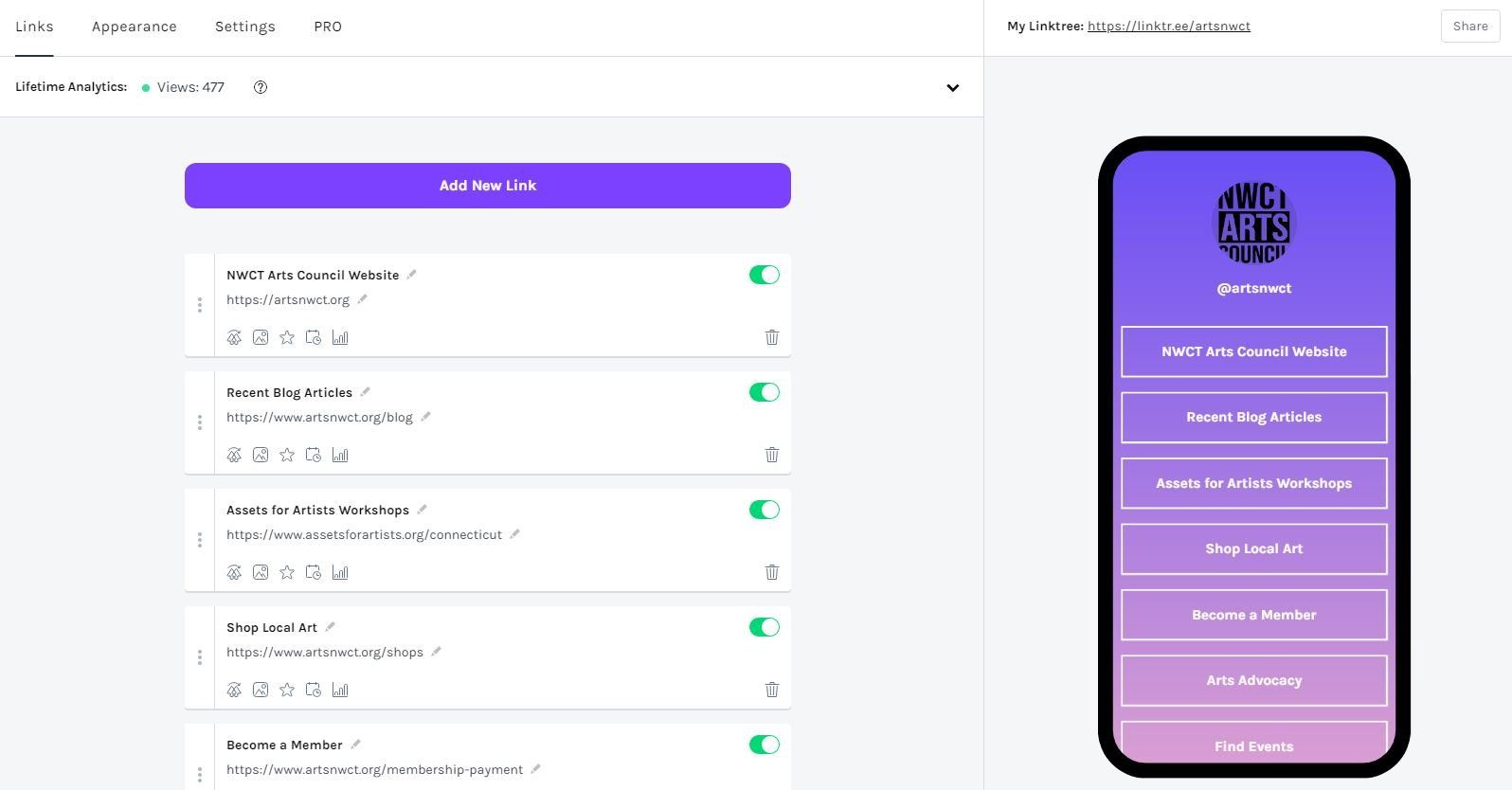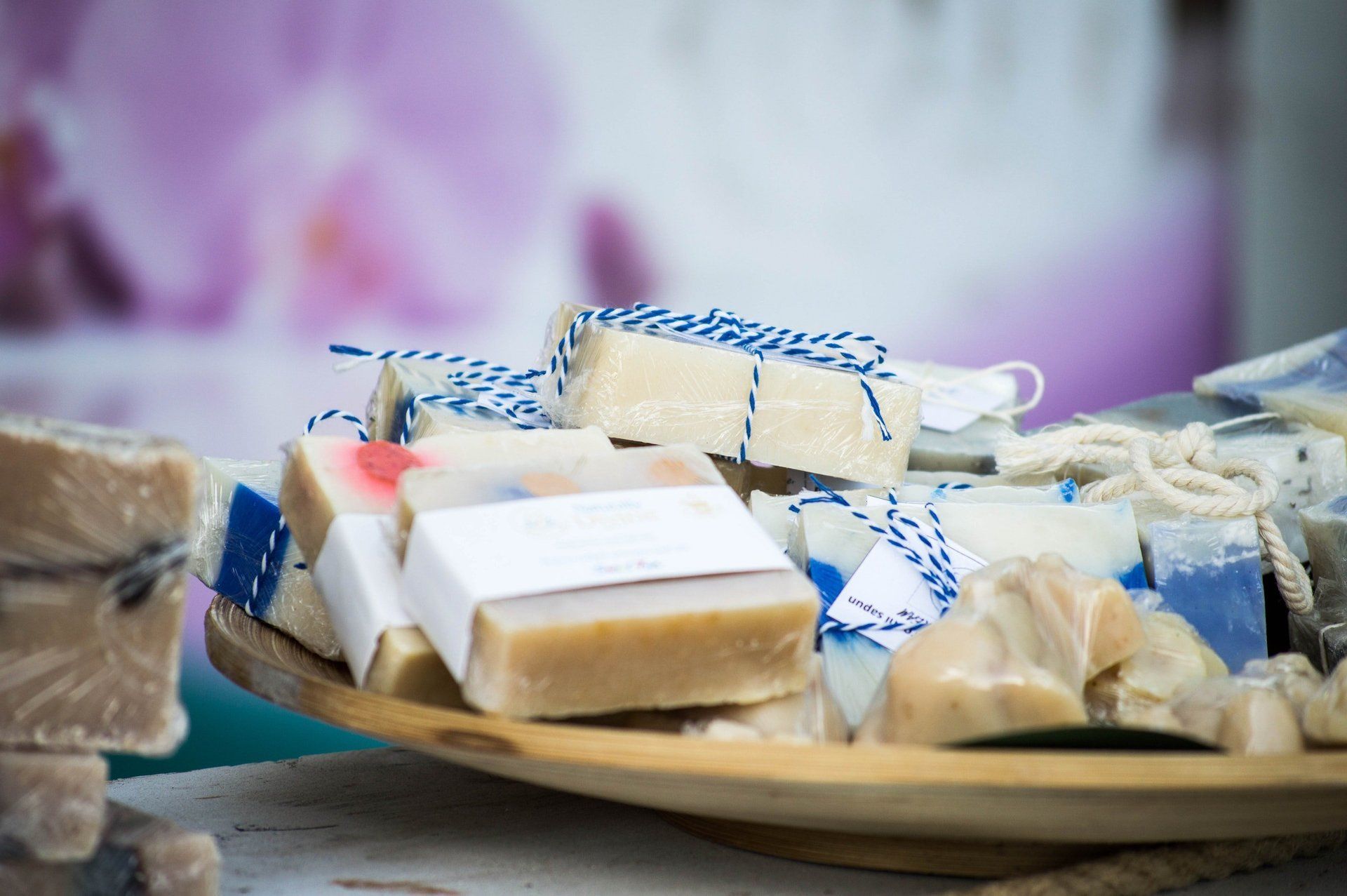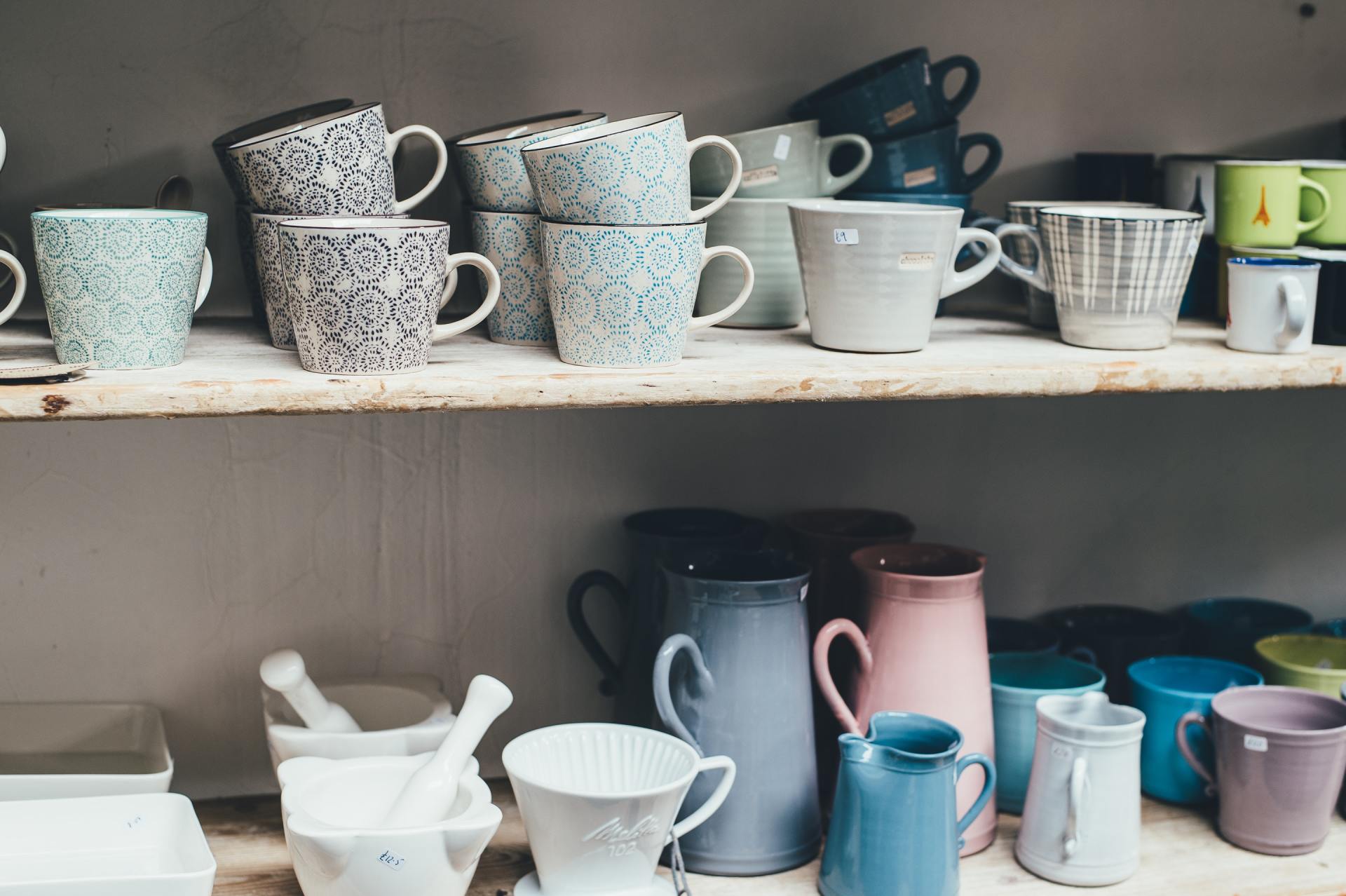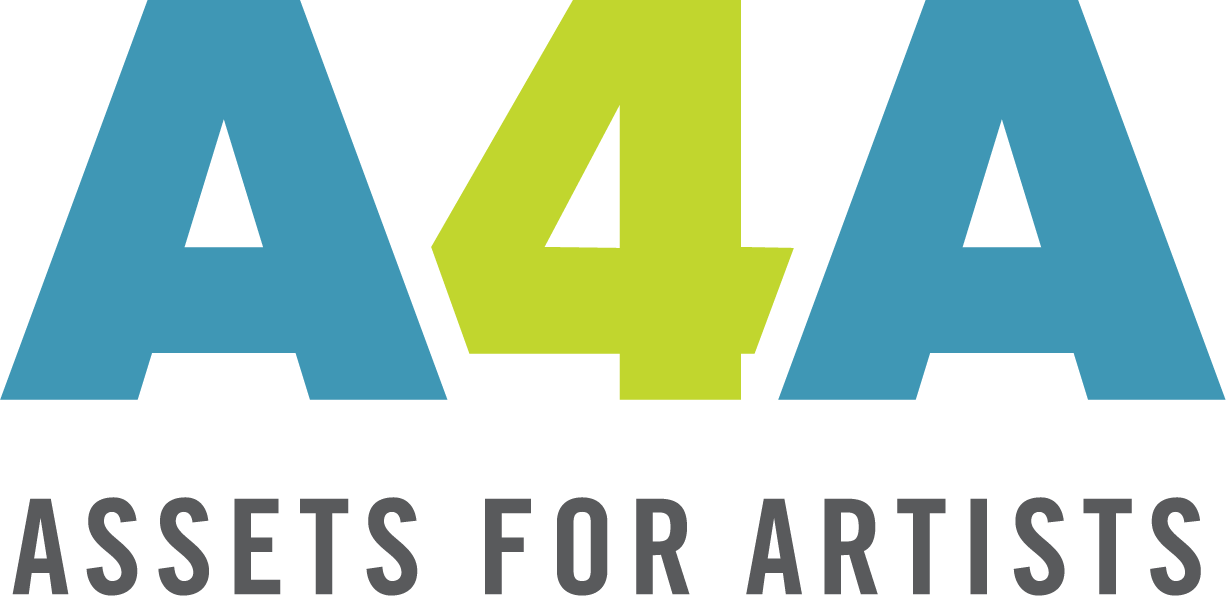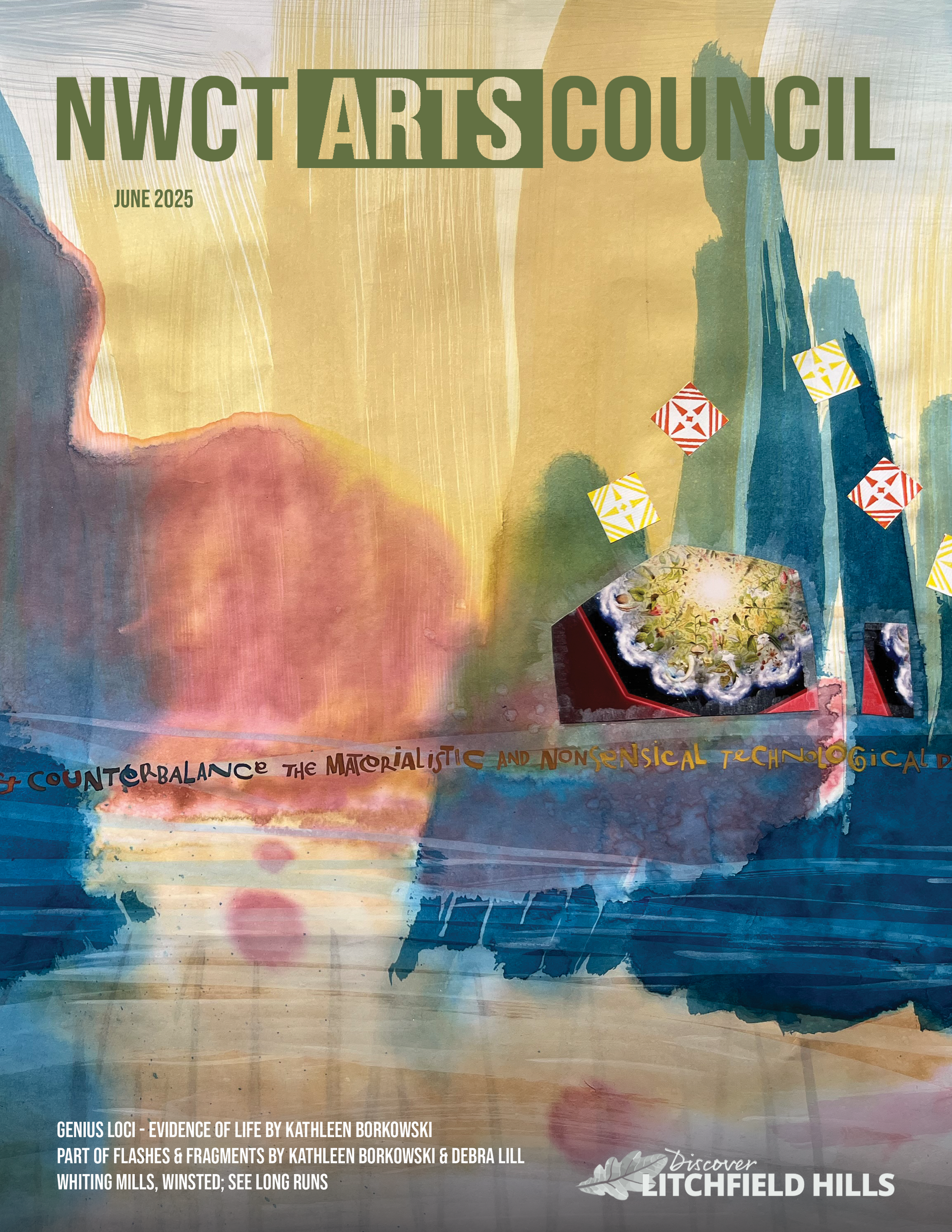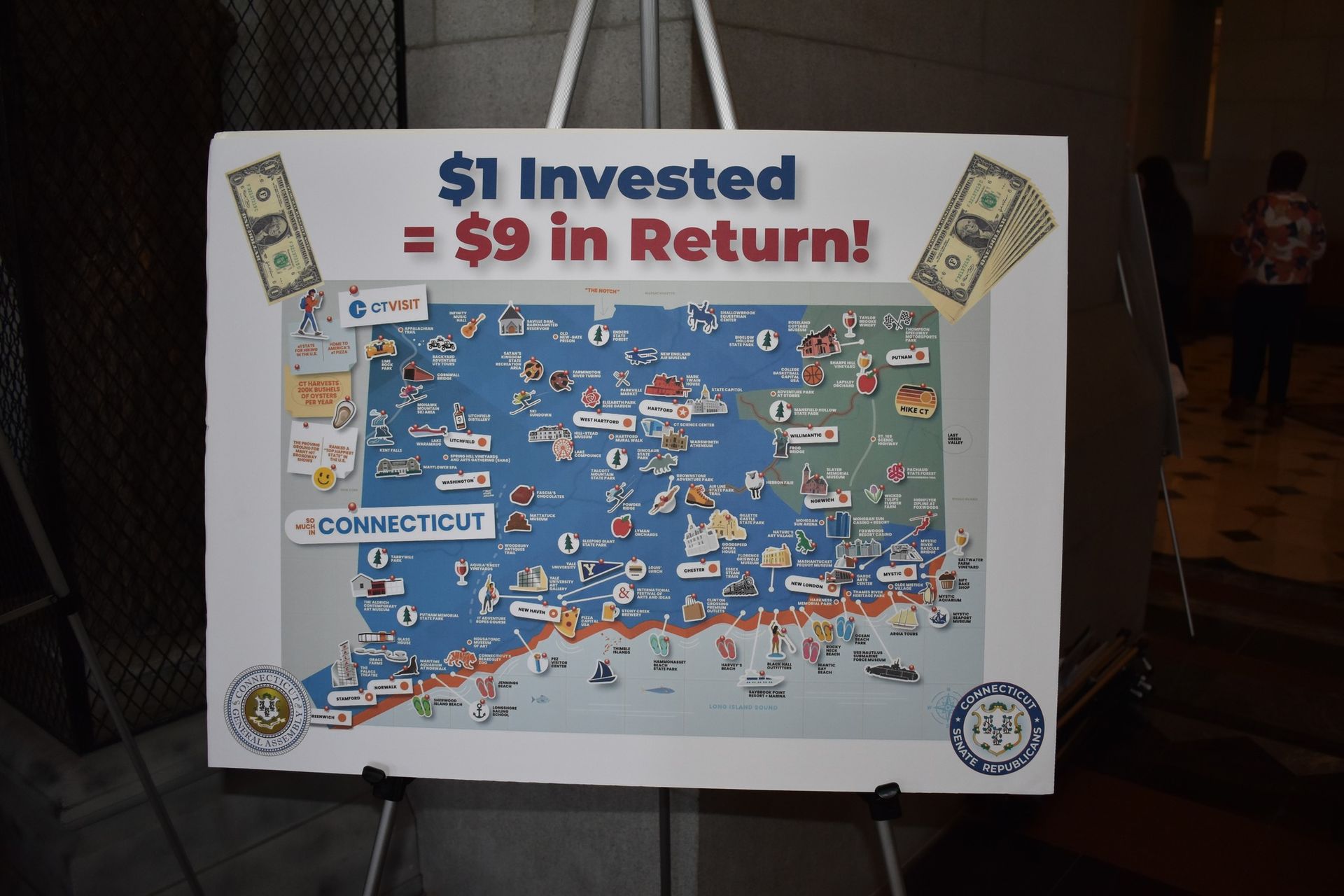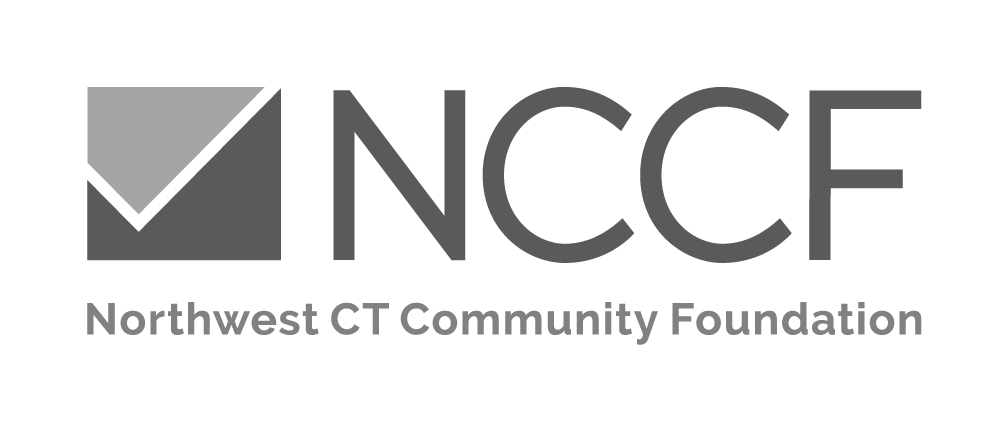Highlights from "Online Sales & E-Commerce for Craft Artists"
Tips & Highlights from MASS MoCA's Assets for Artists Webinar
w/ Ayumi Horie and Alicia Goodwin
1. Use great quality images
Whether they are for your website, social media, or email communications, high quality images will make you stand out and draw your audience in. The digital world is also an extremely visual world, so it is important to convey your product in a way that will capture the eye of the user. Pay attention to what appeals to you as a consumer. What kind of product photography keeps your attention, and what does not?
Share photos of your work using multiple different views. Details, in-context, far away, or in-the-making shots will give the buyer a clearer idea of scale and how the product exists in space.
When taking photos of your products, consider a high contrast background or neutral back drop, and good lighting. Natural daylight is a good solution if you do not have lighting equipment. Retouching photos in Photoshop will also help your product images stand out. Here is a tutorial on how to white balance photos in Photoshop. You may also consider hiring a photographer or someone who is familiar with product photography to help you capture images of your work.
Sharing a picture of the packaging is a nice added bonus so buyers will know what to expect in the mail. The images above are examples from one product on Alicia's website, linguanigra.com.
2. Consistent Branding Across Your Social Media Platforms & Website
Your website, Facebook page, Instagram account, and other social media associated with your online store should all have the same branding, name, and logo. This will help buyers find you across any platform they use. Your shop's branding could also carry over into the packaging you use when you ship a product.
3. Video Content is the Most Engaging
A video is arguably the most valuable and engaging content you could share online. Platforms like Facebook and Instagram use auto-play video which captures viewer attention as they are scrolling through their feeds, even when they aren't actively seeking out video content. Something as simple as a loop animation or how-to/process video can go a long way in marketing your craft. Here is an example video from Ayumi's website to spark some inspiration:
4. Timing and Predictability as Tools on Instagram
Ayumi said it perfectly: Instagram rewards predictability. This is not necessarily a bad thing. If you post consistent content around the same time per week, your audience will know what to expect, and your overall feed will look polished. If you consistently post similar content, but then post something random/unrelated (i.e. if you post mostly your art, but then share a picture of food), this may confuse your followers. Look at an artist or maker whose work is similar to yours, who you consider to be successful in the field, and see what strategies they use on social media. Try attributing those strategies to your own brand in your own unique way. Find the aesthetic that is true to you, your work, and your brand.
On Instagram, you also have the ability to create or switch to a business account. A business account allows you to see insights about your followers, activity, engagement, and reach. You can see when your followers are most active per hour/day of the week, and plan your posts according to that information.
Here is a screenshot from Alicia's Instagram feed:
5. Email Marketing
Your subscribers care about what you are up to, so your content is a digital gift to share with them. It is worth dedicating time to building an email newsletter at least twice a year to keep your buyers, subscribers, friends and family engaged and up to date.
Your email subscribers are the people who are giving you the most direct attention, as opposed to social media followers or website viewers. This is a great way to get your content directly in front of the right people. Take this opportunity to share something special to this audience that you would not normally share to the public. This could be a piece of writing, personal story, a coupon code for your online shop, or some insight into what you have in progress.
Some email marketing platforms to look into include:
Mailchimp
Seguno
- both a desktop and mobile app that integrates with
Shopify
Campaign Monitor
Sendgrid
6. Integrating your Shop onto your Website
If you already have an e-commerce shop, like Etsy or Shopify, that's great! We highly recommend your online shop, whatever platform you use, is integrated or linked somewhere on your website to provide a smooth shopping experience for buyers. Alicia recommended Shopify because it integrates seamlessly into her site without redirecting to a different website.
7. Create a LinkTree
Linktr.ee is a free platform that allows you to put multiple links (website, Etsy store, YouTube, etc.) in one place. It generates one link that contains buttons to the other links you input. We use this tool in the bio of our Instagram. This allows us to reference "Link in Bio" in our post captions without having to change the specific link for each post.
8. Keep Inventory
Keeping your inventory organized will make selling your work and knowing whats available much easier. Alicia recommended having a shopping platform on your website or an e-commerce store instead of making sales through direct messages because it will quickly get overwhelming and hard to track. She also suggested to keep inventory of your products in a spreadsheet, label them with a SKU (physically and in the spreadsheet), and store them in a way that is easily accessible in your studio or workspace. Alicia uses bakers' racks to organize the jewelry she makes.
Special thanks to our partners at
MASS MoCA's Assets for Artists program for hosting this valuable webinar! Thank you to the
USDA Rural Business Development Program for sponsoring Assets for Artists and making these resources and workshops possible!
If you are an artist or artisan in CT, check out future A4A webinars at assetsforartists.org/connecticut!
